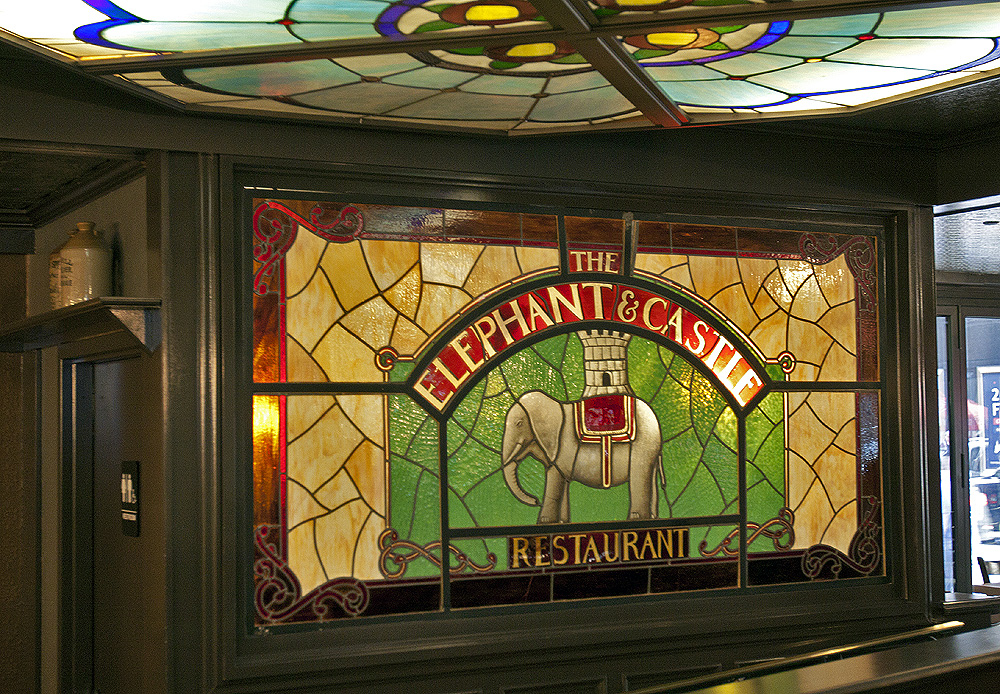If you’ve never read Clay Shriky’s blockbuster on why newspapers are doomed – Thinking the Unthinkable – well, read same.
On the same subject, there’s a great article by Paul Graham, exploring – in a slightly different way – how we never paid for content (in any format).
Publishers of all types, from news to music, are unhappy that consumers won’t pay for content anymore. At least, that’s how they see it.
In fact consumers never really were paying for content, and publishers weren’t really selling it either. If the content was what they were selling, why has the price of books or music or movies always depended mostly on the format? Why didn’t better content cost more?
A copy of Time costs $5 for 58 pages, or 8.6 cents a page. The Economist costs $7 for 86 pages, or 8.1 cents a page. Better journalism is actually slightly cheaper.
Almost every form of publishing has been organized as if the medium was what they were selling, and the content was irrelevant. Book publishers, for example, set prices based on the cost of producing and distributing books. They treat the words printed in the book the same way a textile manufacturer treats the patterns printed on its fabrics.
Think about it – buy the book as a hardback, $20. Trade (full-size) paperback, $12. Paperback (the 7×4 inch softcover) – let’s say $6. I’m making up prices, but the trend holds true: Same words (content), but consumer cost is marketing/printing/distribution costs. While there is some elasticity here – John Grisham’s novels (in all formats) may be higher than an unknown author’s – but prices quickly stabilize, and we’re (in this example) not paying for content, but for production margin.
I don’t know the answer, but for print publications (or bank teller/travel agents/real estate agents etc), it is not somehow moving the existing business model to the web while (pretending to) protecting the physical world model.
Hat tip to Jeff Jarvis.







